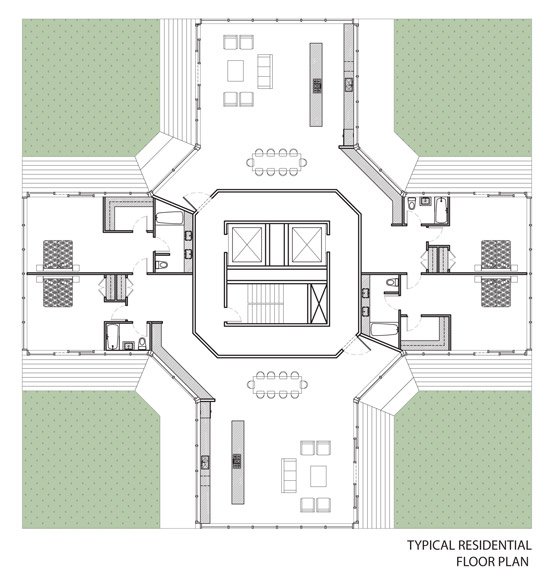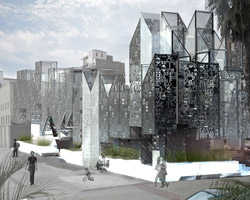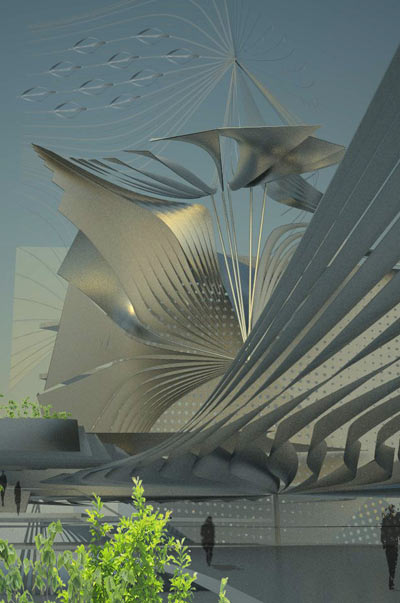KEEP UP WITH OUR DAILY AND WEEKLY NEWSLETTERS
PRODUCT LIBRARY
with its mountain-like rooftop clad in a ceramic skin, UCCA Clay is a sculptural landmark for the city.
charlotte skene catling tells designboom about her visions for reinventing the aaltos' first industrial structure into a building designed for people.
'refuge de barroude' will rise organically with its sweeping green roof and will bring modern amenities for pyrenees hikers.
spanning two floors and a loft, the stitled design gave room for a horizontal expanse at ground level, incorporating a green area while preserving the natural slope.
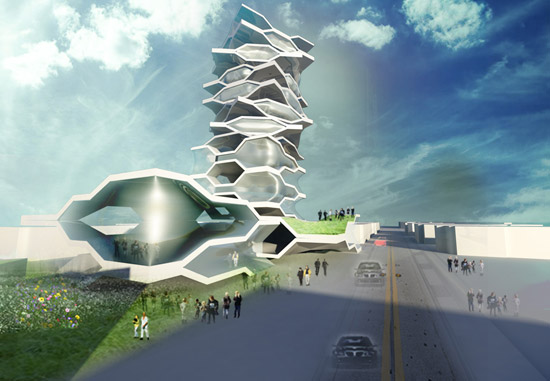
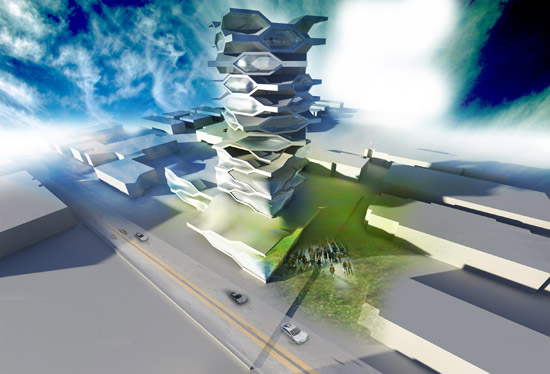 ‘UP’ tower
‘UP’ tower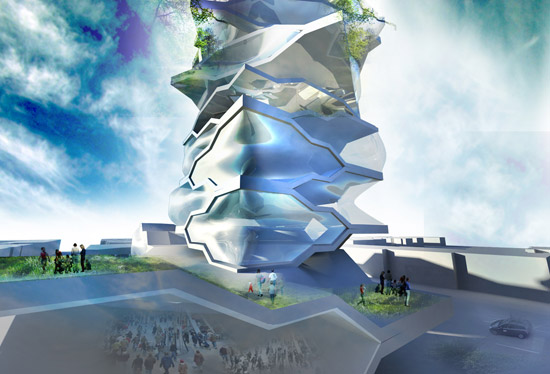 the bottom section of the tower
the bottom section of the tower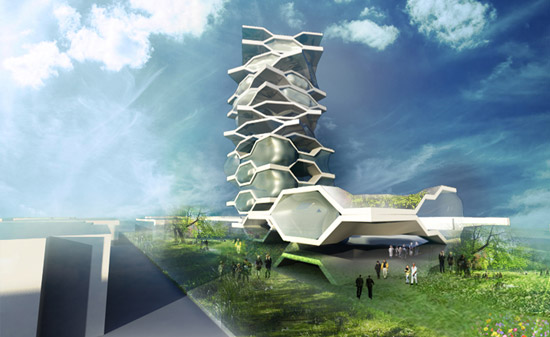
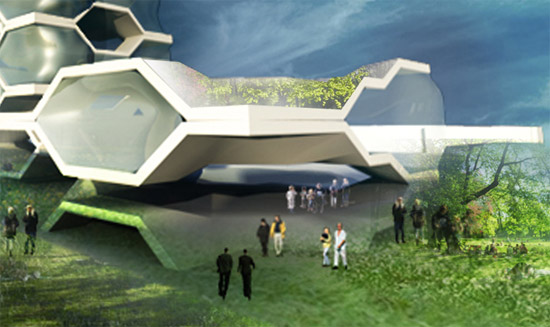 detail
detail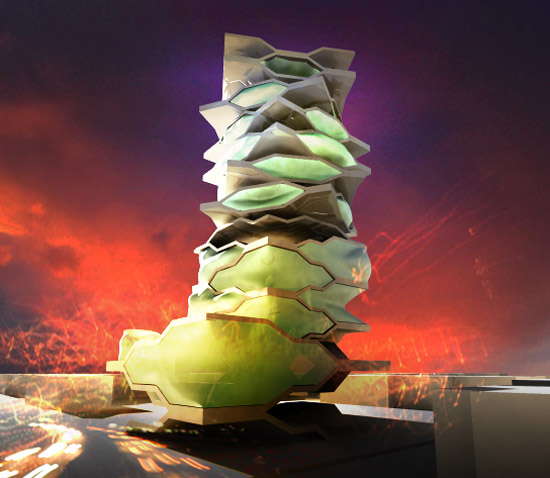 the tower at night
the tower at night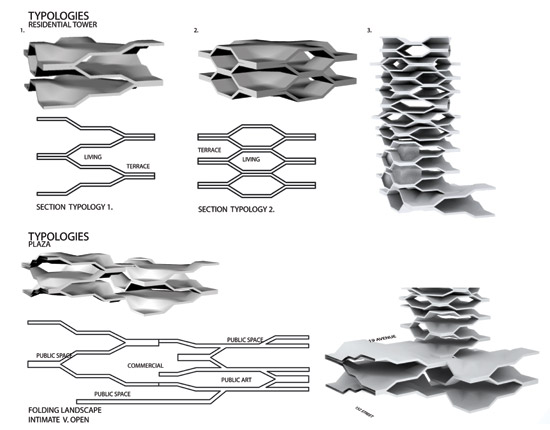 typologies of the tower
typologies of the tower
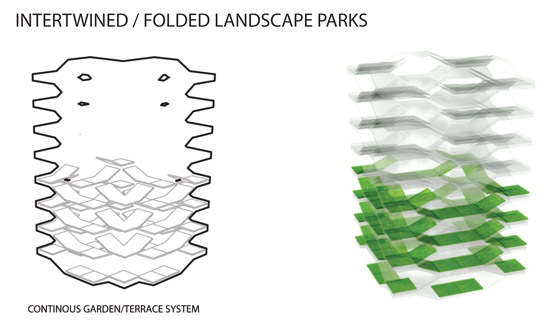
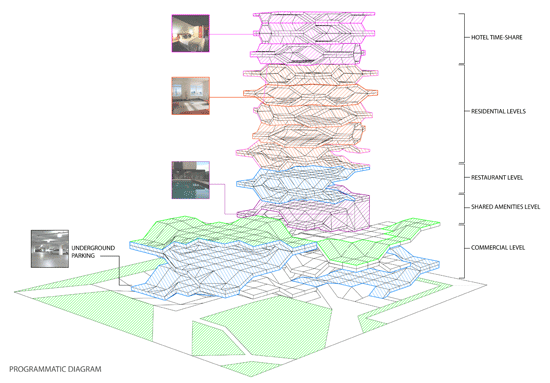
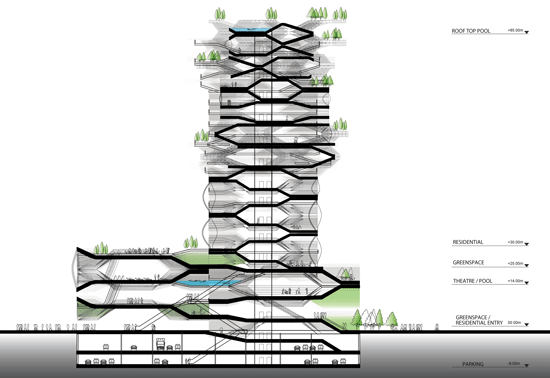 section view
section view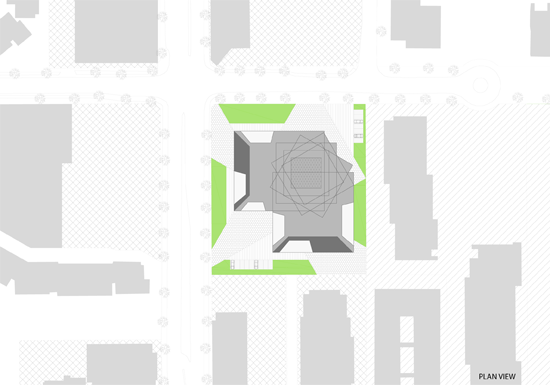
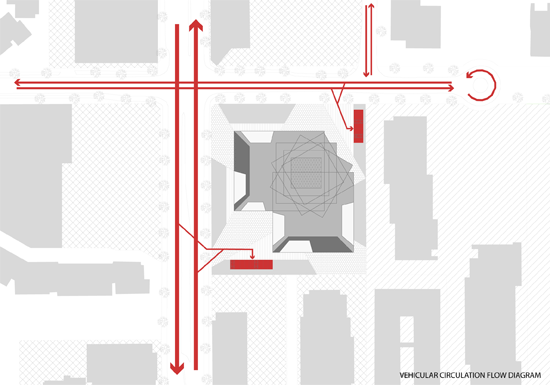
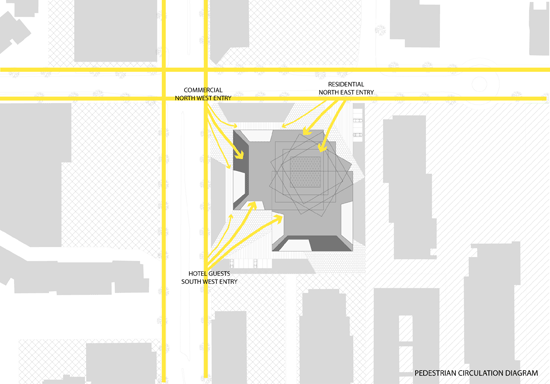
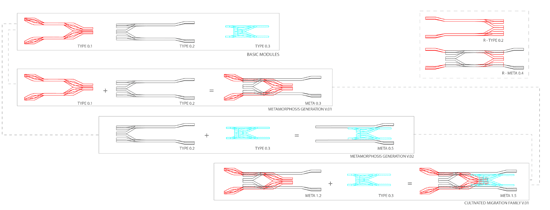 modules of connection
modules of connection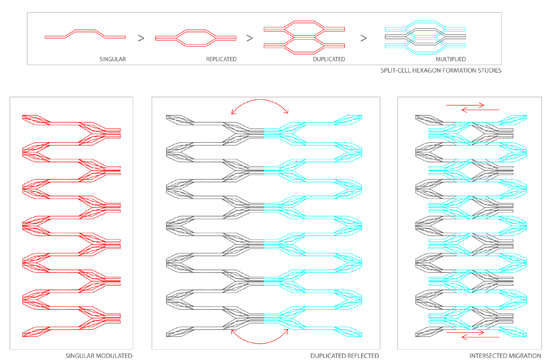 modules of connection
modules of connection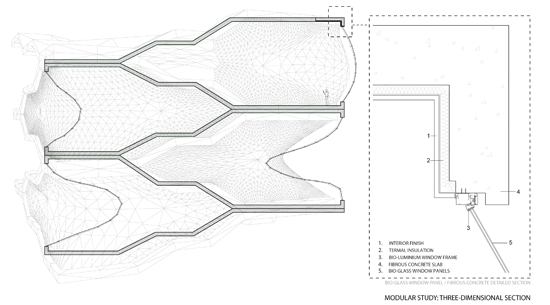 section view of window
section view of window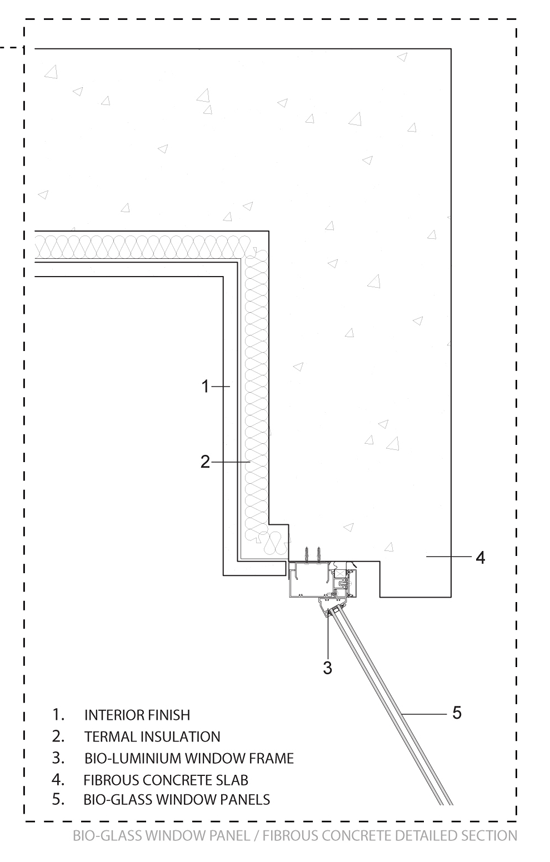 section view of glass panel
section view of glass panel bio – luminum
bio – luminum bio glass
bio glass fibrous concrete
fibrous concrete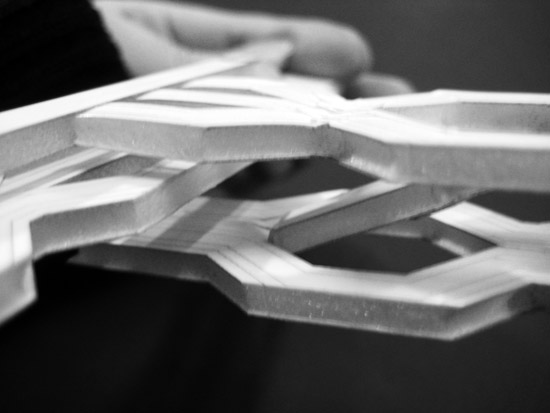 schematic model
schematic model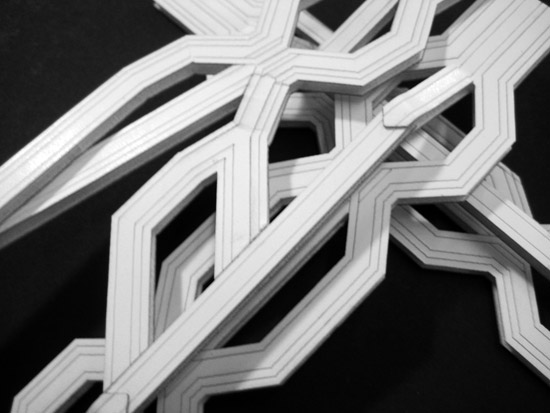 schematic model
schematic model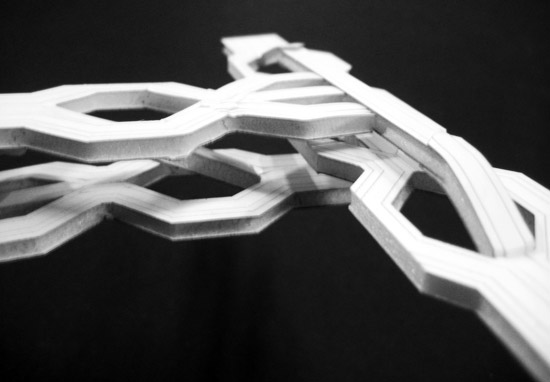 schematic model
schematic model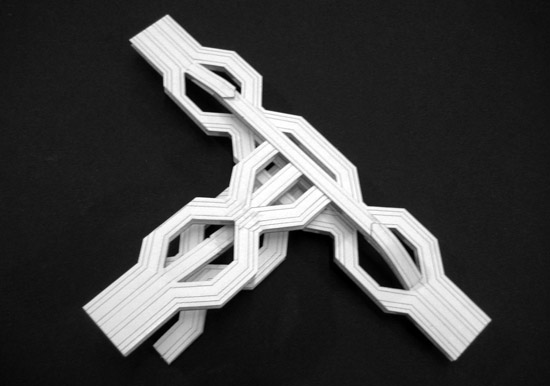 schematic model
schematic model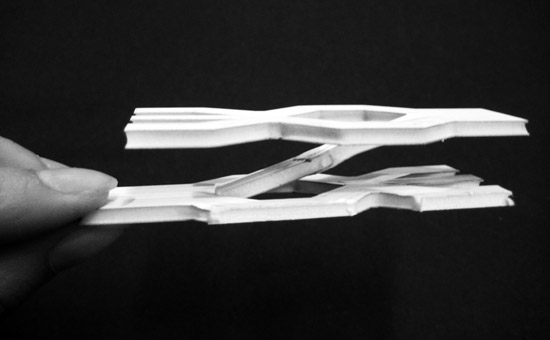 schematic model
schematic model